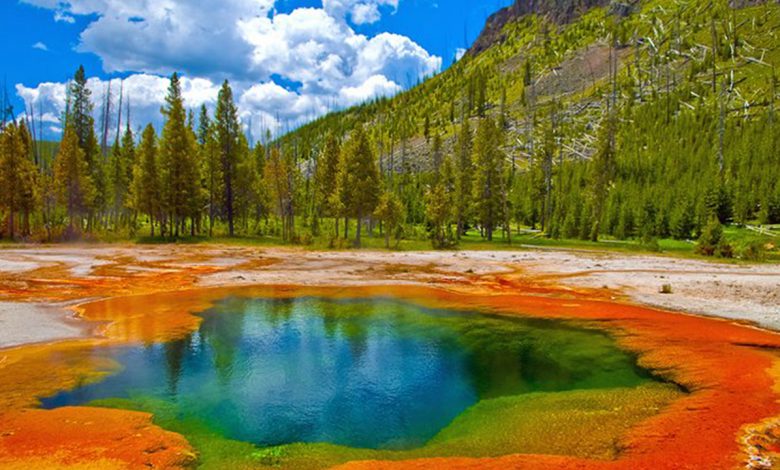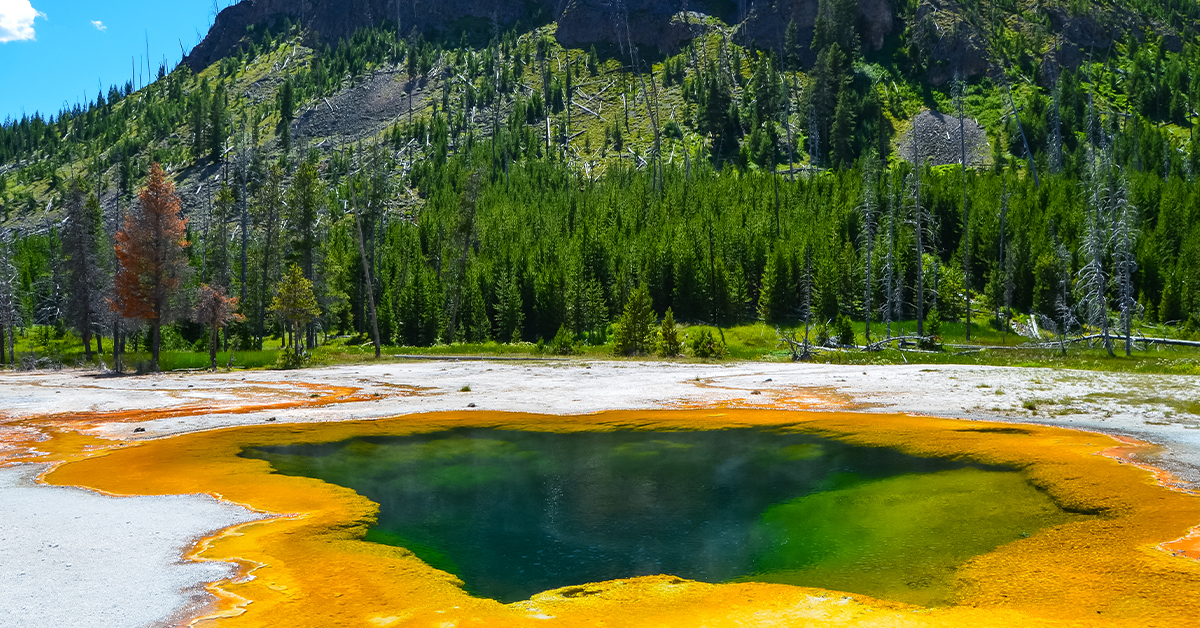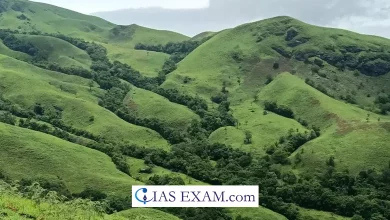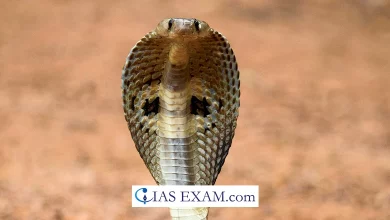Daily Current Affairs for UPSC
Yellowstone National Park
Syllabus- Places of Geographical Importance [GS Paper-1]

Context- Yellowstone National Park, which celebrated its 151st anniversary recently, is widely considered to be the first national park in the world.
Key Highlights
- Yellowstone National Park is a national park in Wyoming’s northwest and extends into Montana and Idaho.
- It is in the western part of the United States.
- Yellowstone, widely considered to be the first national park worldwide, was the first national park in the United States.
- Wildlife and the park’s numerous geothermal features, most notably the Old Faithful geyser, are well-known.
- The subalpine forest is the most common of the many biomes it represents. It is a part of the ecoregion of forests in the South Central Rockies.
- In addition, it is the only place in the western United States where all three major river basins meet.
- The snow that forms the Continental Divide as it winds its way across Yellowstone’s peaks and plateaus serves as the starting point for the rivers of the Snake-Columbia, Green-Colorado, and Missouri River Basins.
- It is widely believed to be the world’s first national park, having been established in 1872.
- It covers more than 9,000 square feet. km of lakes, canyons, rivers, mountain ranges, and famous geothermal features like the Old Faithful geyser

Features
- Geothermal properties: Geothermal features like geysers, hot springs, mud pots, and steam vents have made Yellowstone famous. The most well-known of these is Old Faithful, a geyser with regular eruptions.
- Wildlife: Grizzly bears, wolves, bison, elk, and moose are just a few of the many species of wild animals that can be found in Yellowstone. Throughout the park, visitors can observe these animals in their natural surroundings.
- Nature drives: The Grand Loop Road, one of the park’s scenic drives, takes visitors to many of the park’s major attractions.
- Fishing: The Yellowstone River is one of many rivers and lakes in the park that provide excellent fishing opportunities.
Impact on Climate Change
- The Greater Yellowstone Area’s average temperature has increased by 1.3 degrees Celsius since 1950 as a result of climate change, and perhaps more significantly, the region has lost a quarter of its annual snowfall.
- A wide variety of ecosystems and wildlife, as well as cities and farms downstream that rely on rivers that originate in these mountains, are affected by the loss of snow there.
- It is the location of the grizzly bear population’s southernmost range in North America, as well as some of the longest intact wildlife migrations, including the seasonal traverses of bison, elk, and pronghorn.





.png)



